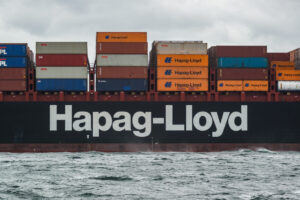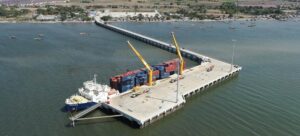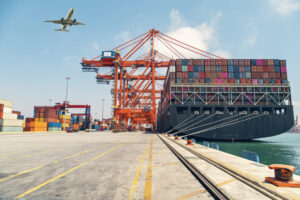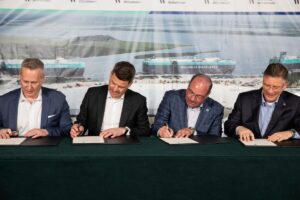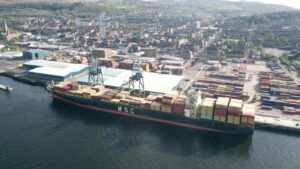The ports of Los Angeles and Long Beach, the two biggest in the US have reaffirmed their commitment to environmentally-friendly cargo handling in their joint Clean Air Action Plan (CAAP) as they work towards operating a zero-emissions fleet by 2030.
In a statement, the ports, which together comprise the largest seaport complex in the US and ninth-largest in the world, said the CAAP’s goal is to make its drayage trucks entirely emission-free.
As part of this strategy, they have committed to developing a feasibility assessment every three years for terminal equipment and drayage trucks to determine a path toward meeting those goals.
The first drayage trucks assessment was released earlier this year and the ports’ plan continues to demonstrating advanced technologies and collecting information to prepare the future studies.
The CAAP contains a comprehensive strategy to accelerate progress toward a zero-emissions future while protecting and strengthening the port’s competitive position in the global economy.
Since 2005, port-related air pollution emissions in San Pedro Bay have fallen by 87% for diesel particulate matter, 58% for nitrogen oxides and 97% for sulfur oxides.
The CAAP, originally launched in 2006, commits the ports to reduce greenhouse gases (GHGs) to 40% below 1990 levels by 2030 and 80% below 1990 levels by 2050.


